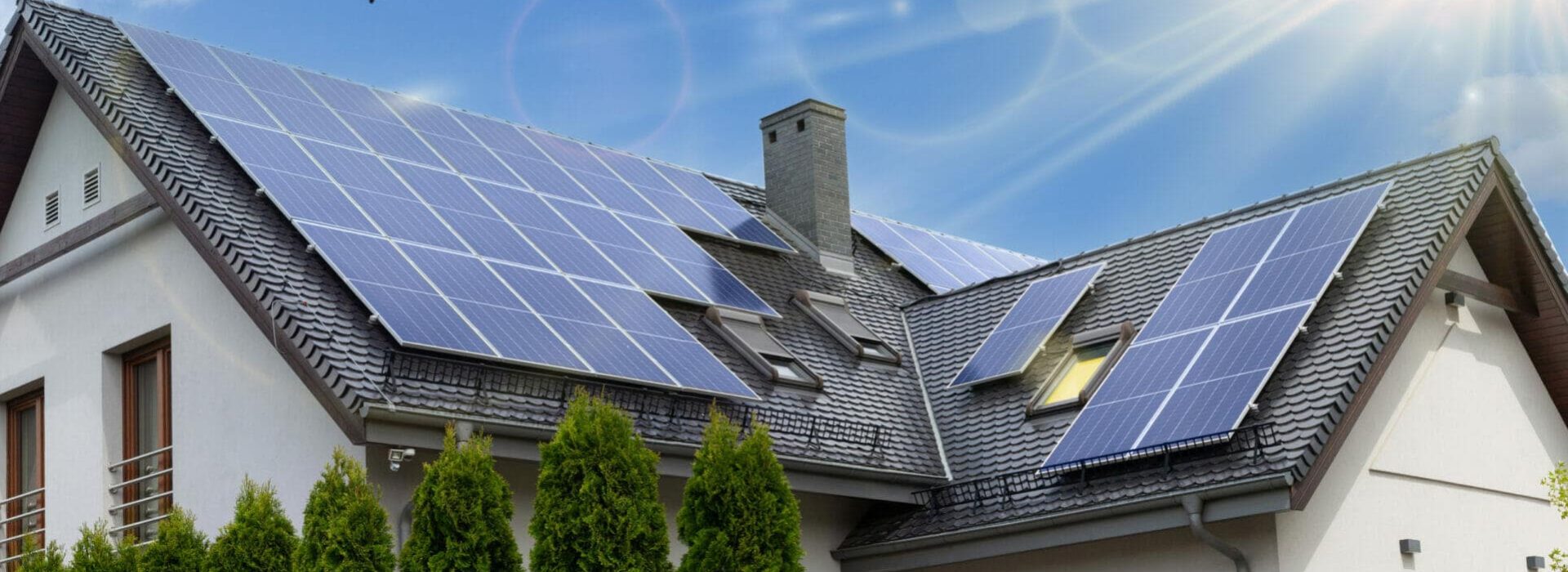
Enjoy the Best Energy Deals with These Top Energy Suppliers in 2023
When it comes to energy suppliers, finding the right one can be a challenging task. As we step into a more energy-conscious era, it’s important to identify the players that not only keep your lights on but also offer sustainable and cost-effective solutions.
Without further ado, here are the top 5 energy suppliers leading the charge in 2023.
Octopus Energy…




